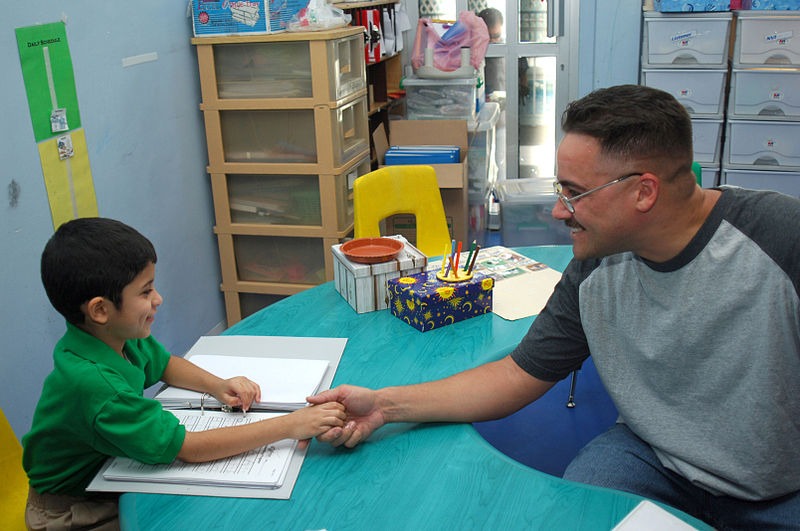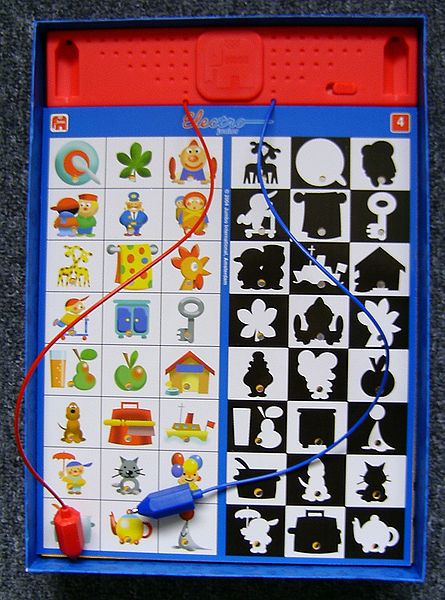 One of the somewhat less discussed reasons to homeschool a child is because of family values. What does this mean? It means that the family unit believes in certain values, certain practices and certain ways of being, and that they don’t feel that those values are being kept in the school system.
One of the somewhat less discussed reasons to homeschool a child is because of family values. What does this mean? It means that the family unit believes in certain values, certain practices and certain ways of being, and that they don’t feel that those values are being kept in the school system.
While some might argue that homeschooling shelters children from the real world, and that it’s important for them to be exposed to the world at large, homeschooling parents don’t necessarily agree. They believe that their children can become just as confident and loving (or maybe more so) and just as social without those influences. These homeschooling parents see the family unit as the most important part of the child’s life and they want to encourage that connection and foster it.
Rather than sitting in the classroom with the classroom furniture, the computer tables and the other equipment, they believe that they can create a warm and nurturing environment at home. This environment might include bean bags instead of classroom desks, science experiments in the kitchen, day trips with the kids and more.
While there are many ways to argue this point, the important thing is if the parents believe that they are instilling their values in the child and if they feel that they are holding up the sanctity of their family unti.






